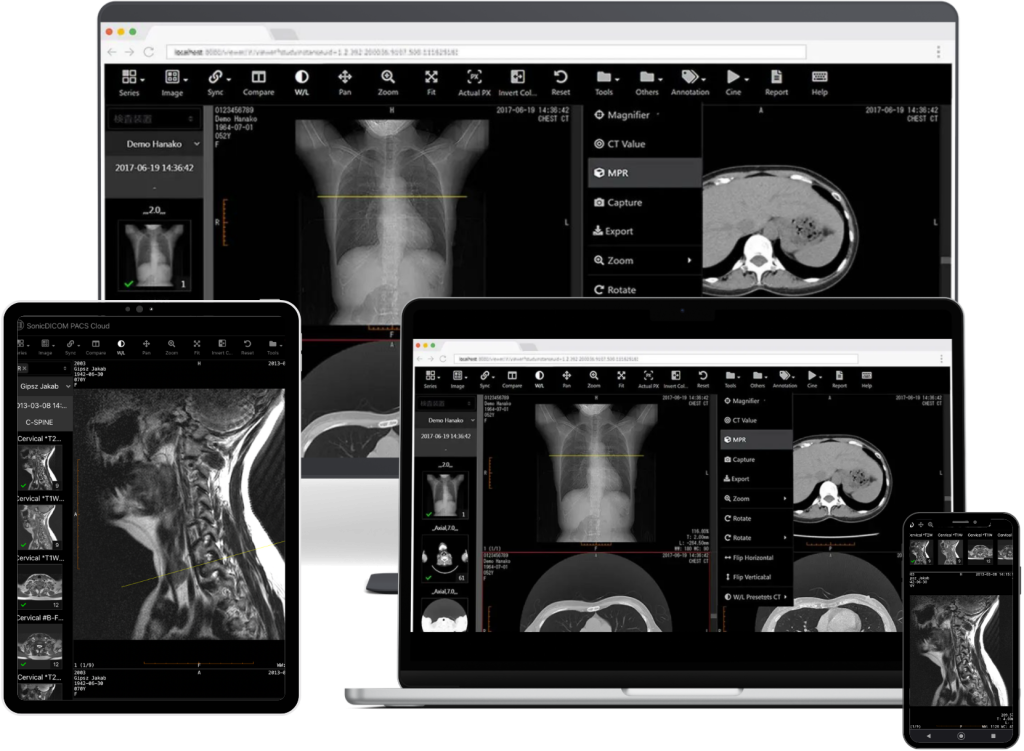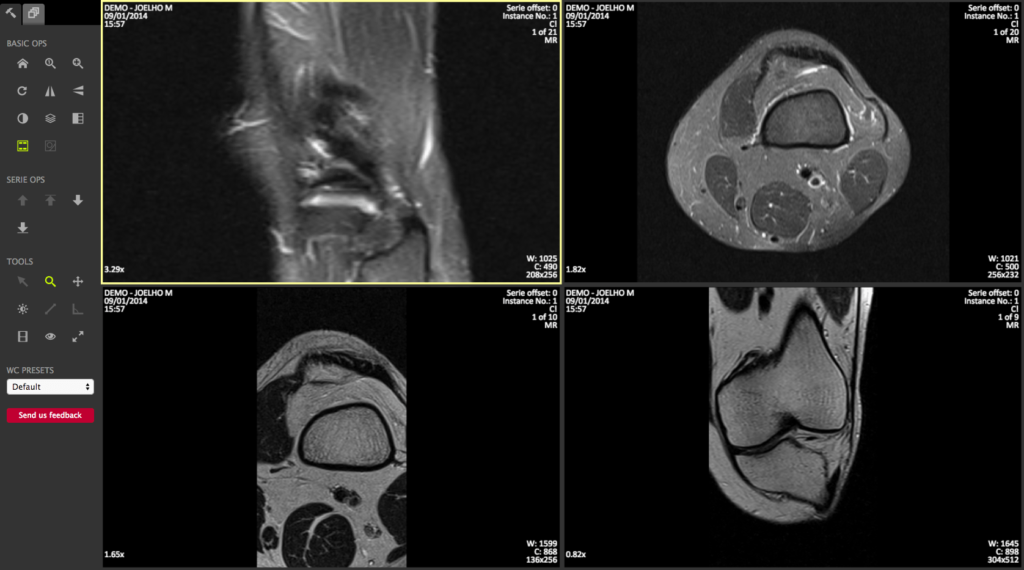Despite digitization, most radiology practices still struggle sharing studies and collaborating with external physicians.
Legacy DICOM viewer PACS lack the tools teams need to securely publish, discuss, and refer images.
This article will highlight the collaboration weaknesses of traditional systems, and how new solutions meet critical connectivity needs.
Current PACS and viewers solve core challenges around image viewing, storage and basic distribution.
However most lack specialized features enabling fluid consultations, referrals and interoperability between hospitals and clinics.
Traditional PACS/Viewer Collaboration Limitations
Legacy PACS and DICOM viewers were designed before external sharing became a major priority.
They focused tools inward for internal teams rather than outward to connect practices.
Key examples of collaboration deficiencies include:
- No universal image viewer – External doctors can’t access proprietary viewers forcing file exports
- Cumbersome upload processes – Manual DICOM data aggregation across sites
- No embedded markups – Annotations lost when sharing with non-platform users
- Dated interfaces – Utilize medical viewers from the 1990s
These technical constraints introduce friction during critical diagnoses and referral decisions.
Without enterprise viewer sharing or embedded communications, workflows are siloed and reliant on legacy transport methods.
Risks of Using Consumer Apps for Image Sharing
With no alternative, many personnel utilize unapproved apps for communication and external collaboration:
| Consumer App | Example Risks |
| Email Services | Size limits truncating files |
| Cloud Drives | Unsecured data leaks |
| File Transfer Apps | Transit failures corrupting data |
| SMS/Text | No images capabilities |
Consumer-grade tools lack protections, reliability and structures for medical use.
Despite convenience, their usage can introduces substantial patient privacy, data integrity and security hazards.
Key Capabilities Lacking in Legacy Viewers
Modern imaging collaboration relies upon various specialized features which legacy suites overlook:
Universal Viewer Access
- Cloud image viewing requiring no downloads
- Compatibility on phones, tablets and workstations
- Annotation saving directly to studies
Embedded Communications
- Comments posted directly on studies
- Secure chat integrated with viewer
- Real-time discussion on diagnoses
External Sharing
- Custom physician logins to isolate access
- Referral request templates to standardize workflows
- Patient pre-registration to ease handoffs
Access Controls
- Study watermarking deterring leaks
- Custom expiration setting for studies
- Complete usage audit logging
Those capabilities are becoming expected – however most incumbent DICOM viewers and PACS fail delivering well-rounded tools tailored for a modern connected hospital.

New Solutions Fix Gaps Between PACS & Viewers
Progressive vendors recognize traditional weaknesses impeding radiology collaboration.
That insight has fueled development of solutions that seamlessly unite PACS data, universal viewership and embedded tools facilitating fluid consultations.
They consolidate multi-system workflows onto a single platform with extensive connectivity support.
This alleviates operational burden while providing specialty features facilitating cross-network interoperability previously hindering practices.
In an increasingly decentralized healthcare environment, bridging the gaps restricting referrals and consultations is an imperative for radiology teams.
As demands for enhanced access and mobility grow, modern platforms will displace aging PACS and viewers unable cure endemic collaboration challenges.



